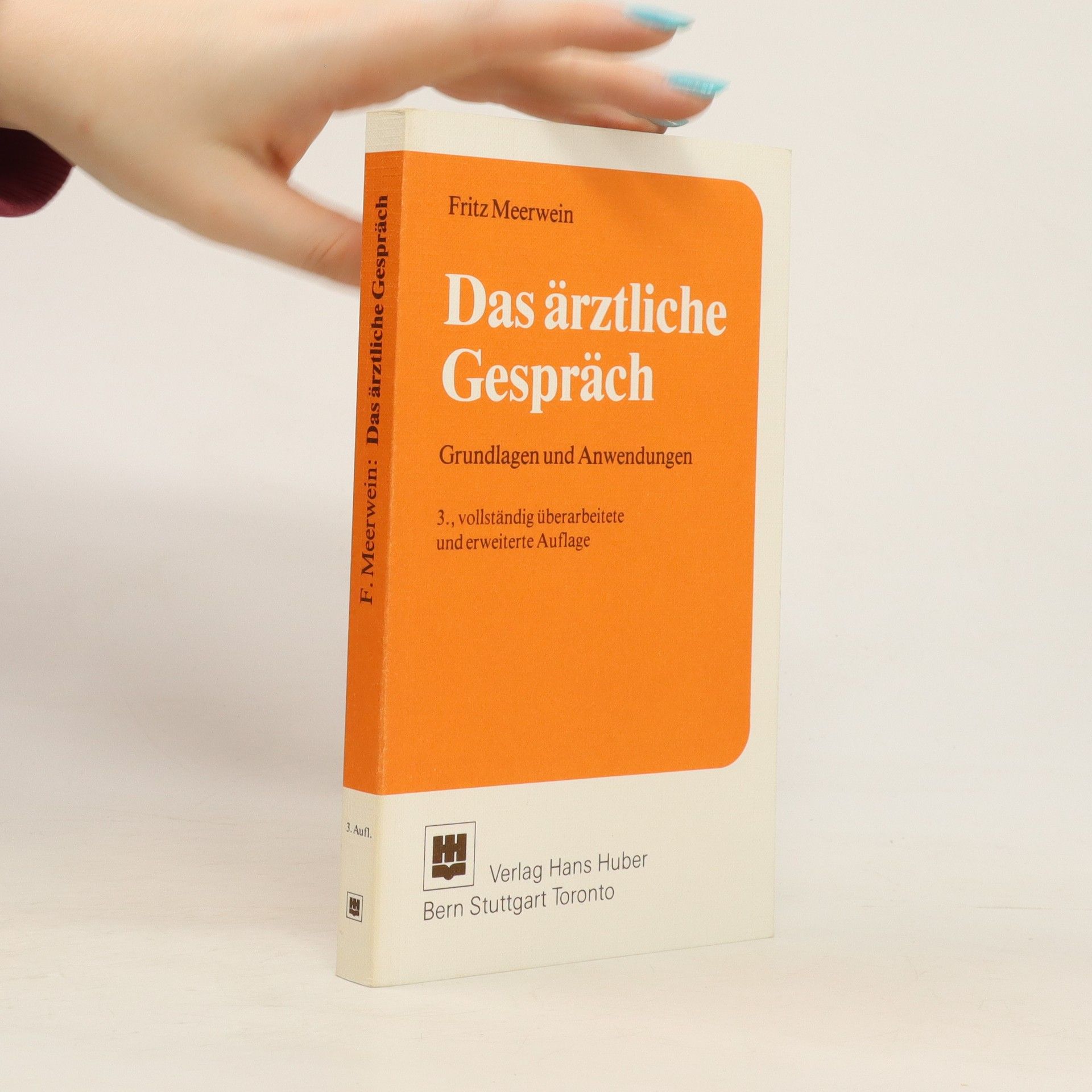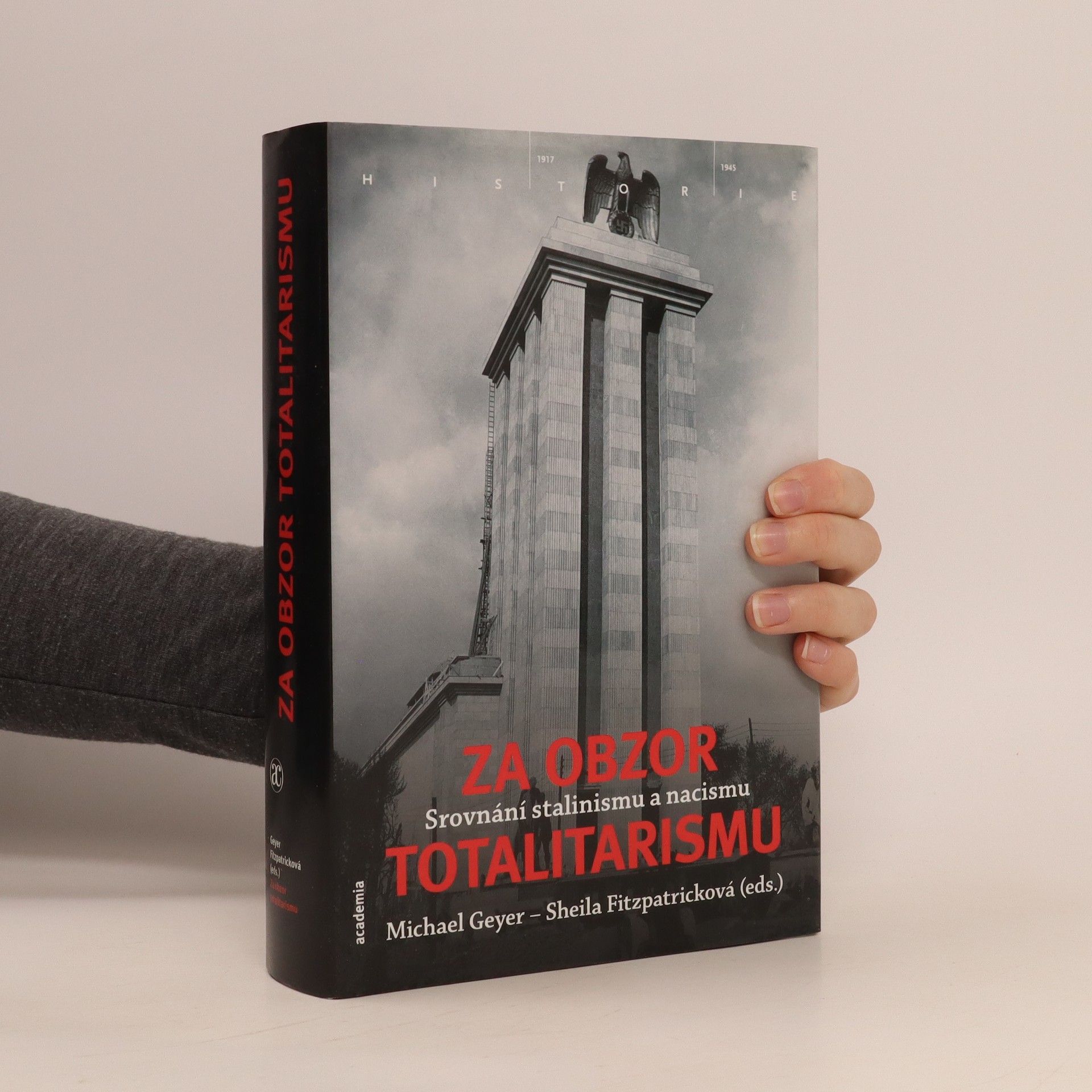Za obzor totalitarismu: Srovnání stalinismu a nacismu
- 688 páginas
- 25 horas de lectura
V esejích, které psali společně specialisté na sovětskou a německou historii, se autoři pokoušejí znovu promyslet a přepracovat podstatu obou systémů - stalinismu a nacismu. Spolu s tím usilují o vytvoření nové metodologie pro studium obou režimů, která by překonala dnes již zastaralé přístupy z minulého století, týkající se teorie totalitarismu, ideologie či osobnosti. Komparativní způsob práce nabízí prostředky k zjištění historicity obou těchto režimů, vymykajících se dosavadní zkušenosti, a problematického odkazu, který po sobě zanechaly. Po skončení studené války a zániku SSSR již evropští badatelé nejsou dále omezováni politickými hledisky, která postihovala výzkum a podmiňovala interpretaci. Navíc se otevřel přístup k řadě nedostupných archivů. Je vhodný čas pro vytvoření nového pohledu na obě podivuhodné diktatury 20. století a novému promyšlení interpretací totalitních režimů, včetně spojitého vývoje socialismu a nacionalismu v evropském, resp. globálním kontextu.




